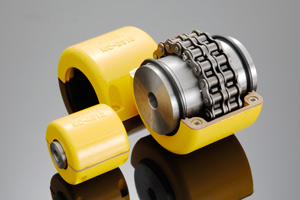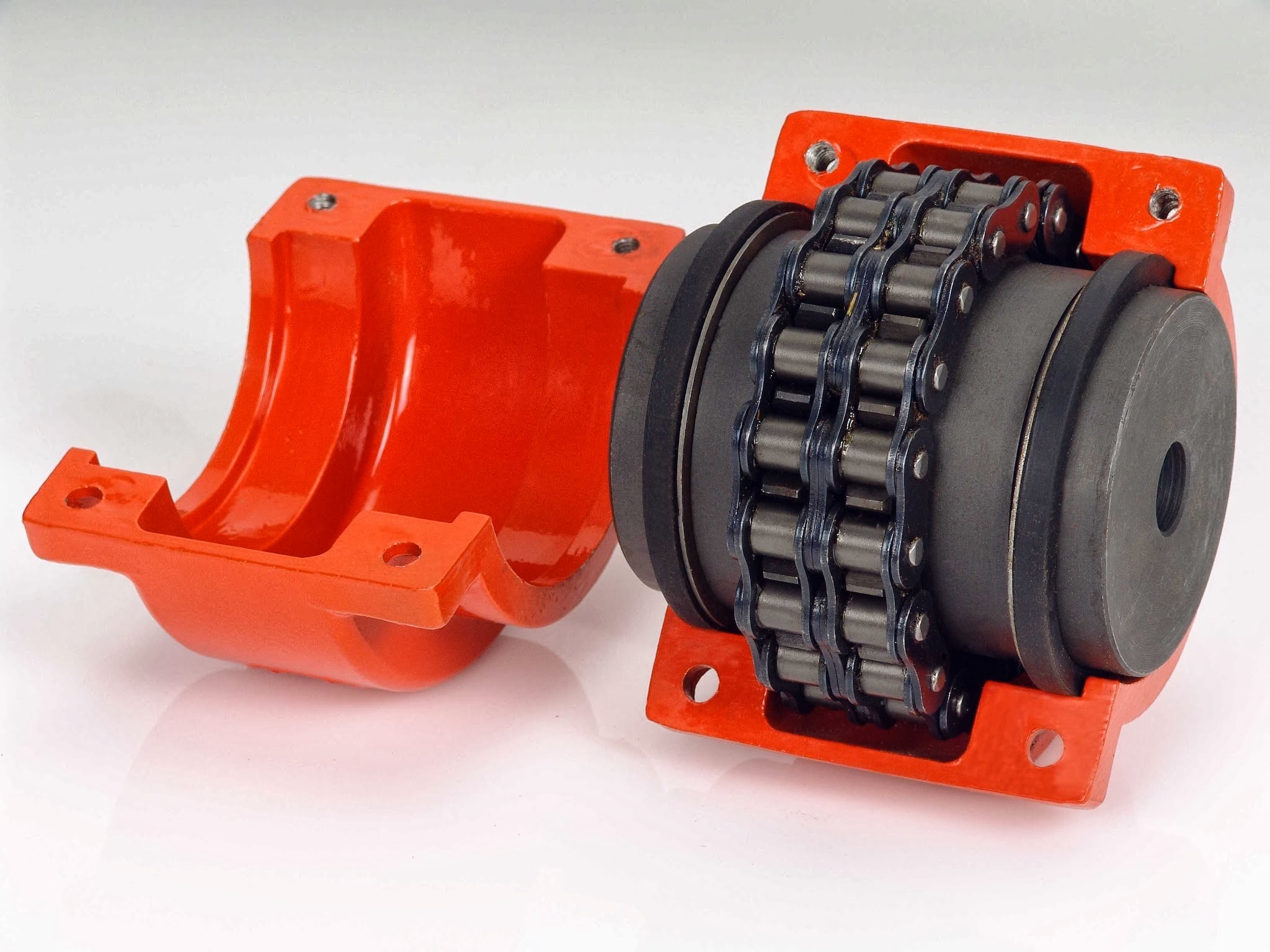Ürün Açıklaması
Ürün Açıklaması
Ürün Parametreleri
| ürün | Kc Serisi Çelik Döküm Esnek Zincir Dişli Makaralı Zincir Bağlantısı test tezgahları için |
| malzeme | paslanmaz çelik, demir, alüminyum, bronz, karbon çeliği, pirinç vb. |
| boyut | ISO standardı, müşteri gereksinimleri |
| tür | Genişleme kılıfı Z1/Z2/Z3/Z4/Z5/Z6/Z7/Z8/Z9/Z10/Z11/Z12/Z13/Z14/Z18/Z19 |
| DELİK | Bitmiş delik, Pilot delik, Özel istek |
| yüzey işleme | Karbürleme ve Söndürme, Temperleme, Diş yüzeyi yüksek söndürme Sertleştirme, Temperleme |
| İşleme Yöntemi | Kalıplama, Tıraşlama, Hobbing, Delme, Diş Açma, Raybalama, Manuel Pah Kırma, Taşlama vb. |
| Isıl İşlem | Quenching & Tempering, Carburizing & Quenching, High-frequency Hardening, Carbonitriding…… |
| Paket | Ahşap Kasa/Konteyner ve palet veya siparişe göre üretim |
| Sertifika | ISO9001, SGS |
| İşleme Süreci | Dişli Frezeleme, Dişli Şekillendirme, Dişli Broşlama, Dişli Tıraşlama, Dişli Taşlama ve Dişli Taşlama |
| Uygulamalar | Oyuncak, otomotiv, enstrüman, elektrikli ekipman, ev aletleri, mobilya, mekanik ekipman, günlük yaşam ekipmanları, elektronik spor ekipmanları, temizlik makineleri, market/otel ekipman malzemeleri vb. |
| Test Ekipmanları | Rockwell sertlik test cihazı 500RA, Çift gözenekli cihaz HD-200B ve 3102, Dişli ölçüm merkezi cihazı CNC3906T ve diğer Yüksek hassasiyetli tespit ekipmanları |
atölye ve ekipman
Üretim süreci
Sertifikalar
Avantajlarımız
1. Öncelikli Kalite
2. Dürüstlük Temelli Yönetim
3. Hizmet Odaklılık
4.150+ gelişmiş ekipman
5.10000+ metrekare fabrika alanı
6.200'den fazla olağanüstü çalışan
7.90% çalışanımızın fabrikamızda 10 yıldan fazla çalışma deneyimi bulunmaktadır
8.36 teknik personel
9. ISO 9001 sertifikası, SGS
10. Özelleştirme desteği
11. Mükemmel satış sonrası hizmet
Nakliye
numune siparişleri teslimat süresi:
Her zamanki gibi 10-15 iş günü
Yoğun sezonda 15-20 iş günü
büyük sipariş teslim süresi :
Her zamanki gibi 20-30 iş günü
Yoğun sezonda 30-40 iş günü
SSS
1. Neden diğer tedarikçilerden değil de bizden ürün satın almalısınız?
Biz dişli üretiminde 32 yıllık deneyime sahip bir üreticiyiz, helezon dişli, konik dişli, mahmuz dişli ve taşlama dişlisi, dişli mili, zamanlama kasnağı, kremayer, zamanlama kasnağı ve diğer şanzıman parçaları gibi çeşitli dişlilerin üretiminde uzmanlaşmış durumdayız. 150'den fazla gelişmiş ekipman, 200'den fazla mükemmel çalışan ve 36 teknik personel bulunmaktadır. Dahası, ISO9001 ve SGS sertifikamız var.
2. Küçük siparişleri kabul ediyor musunuz?
Sipariş ettiğiniz rulmanlar standart ölçülerimizde ise 1 adet bile kabul ediyoruz.
3. Teslimat ne kadar sürer?
A: Küçük siparişler genellikle 10-15 iş günü, büyük siparişler genellikle 20-35 gün sürer, bu sipariş miktarına ve standart boyutta olup olmadığına bağlıdır.
/* March 10, 2571 17:59:20 */!function(){function s(e,r){var a,o={};try{e&&e.split(“,”).forEach(function(e,t){e&&(a=e.match(/(.*?):(.*)$/))&&1

Zincir bağlantı elemanları eksenel hizalama hatalarını telafi edebilir mi?
Zincir kaplinleri, öncelikle bağlı miller arasındaki açısal hizalama hatalarını telafi etmek için tasarlanmıştır. Ancak, iki milin ortak eksenleri boyunca mükemmel şekilde hizalanmadığı durumu ifade eden eksenel hizalama hatalarını idare etme yetenekleri sınırlıdır.
Esnek kiriş veya disk kaplinler gibi diğer bazı kaplin tiplerinin aksine, zincir kaplinler özellikle önemli eksenel hizalama hatalarını ele almak için tasarlanmamıştır. Zincir kaplininin birincil işlevi, bir miktar açısal yer değiştirmeye izin verirken miller arasında torku iletmektir.
While chain couplings can tolerate a small amount of axial misalignment, excessive axial displacement can lead to various issues. It can cause increased stress on the coupling components, such as the roller chain, sprockets, and connecting pins, leading to accelerated wear and potential failure. Additionally, excessive axial misalignment can result in decreased power transmission efficiency and increased vibration and noise during operation.
Bir uygulamada önemli eksenel hizalama bozukluğu öngörülüyorsa, genellikle eksenel hizalama bozukluğunu ele almak üzere özel olarak tasarlanmış, çift esnek veya esnek kiriş kaplinleri gibi alternatif bağlantı seçeneklerinin değerlendirilmesi önerilir. Bu bağlantıların daha fazla esnekliği vardır ve performans ve güvenilirlikten ödün vermeden eksenel yer değiştirmeyi daha iyi karşılayabilir.
Kullanılan belirli zincir kaplininin eksenel hizalama eksikliğine ilişkin sınırlamalarını anlamak için üreticinin teknik özelliklerine ve yönergelerine başvurmak önemlidir. Eksenel hizalama eksikliği kaçınılmazsa, hizalama eksikliğinin zincir kaplinine ve bağlı makine veya ekipmana etkisini en aza indirmek için şaft kılavuzları veya ara parçaları gibi ek önlemler uygulamak gerekebilir.
Özetle, zincir kaplinleri belirli bir derecede eksenel hizalama yanlışlığını tolere edebilse de, birincil işlevleri açısal hizalama yanlışlığını karşılamaktır. Aşırı eksenel hizalama yanlışlığından kaçınılmalı ve bir uygulamada önemli eksenel yer değiştirme bekleniyorsa alternatif kaplin seçenekleri düşünülmelidir.

What are the key components of a chain coupling?
A chain coupling consists of several key components that work together to transmit power and accommodate misalignments. Here are the main components of a chain coupling:
- Sprockets: Sprockets are the toothed wheels that engage with the chain. They are typically made of steel or other durable materials and have specially designed teeth that mesh with the chain rollers. The sprockets provide the driving and driven connections, transmitting torque from one shaft to another.
- Roller Chain: The roller chain is a series of interconnected links with rollers between them. It is looped around the sprockets, with the rollers engaging with the sprocket teeth. The roller chain transfers the rotational motion from the driving sprocket to the driven sprocket, allowing power transmission between the shafts.
- Connecting Pins: Connecting pins are used to join the links of the roller chain together, forming a continuous loop. These pins are inserted through the pin holes in the chain links and secured with retaining clips or other fasteners. They ensure the integrity and strength of the chain.
- Bushings or Bearings: Bushings or bearings are used to support the shafts and allow them to rotate smoothly within the chain coupling. They are typically inserted into the bores of the sprockets and provide a low-friction interface between the shaft and the coupling components.
- Guard or Cover: In some chain couplings, a guard or cover is added to enclose the sprockets and chain. This serves as a protective barrier, preventing contact with moving parts and reducing the risk of accidents or injuries. The guard or cover also helps to contain lubrication and protect the chain from contaminants.
- Yağlama: Lubrication is essential for the smooth operation and longevity of a chain coupling. Proper lubrication reduces friction, wear, and noise. Lubricants, such as chain oil or grease, are applied to the chain and sprockets to minimize frictional losses and prevent premature wear.
These components work together to provide a reliable and efficient power transmission in chain couplings. The sprockets engage with the roller chain, and as one sprocket rotates, it drives the chain, causing the other sprocket and the connected shaft to rotate. The roller chain and its components, along with lubrication, allow for flexibility and compensation of misalignment between the shafts.

What are the advantages of using chain couplings?
-
Flexible and Reliable Connection: Chain couplings provide a flexible and reliable connection between rotating shafts. They can accommodate misalignment between the shafts, including angular, parallel, and axial misalignments. This flexibility helps to reduce stress on the shafts and bearings, resulting in smoother operation and extended equipment lifespan.
-
High Torque Capacity: Chain couplings are capable of transmitting high torque loads. The positive engagement between the sprocket teeth and the chain rollers allows for efficient power transfer, making them suitable for applications that require the transmission of substantial rotational forces.
-
Mechanical Protection: Chain couplings act as mechanical protection by providing a breakable link in the power transmission system. In case of sudden overloads or jams in the system, the chain can break, preventing damage to the machinery components. This feature helps to protect expensive equipment and minimizes downtime for repairs.
-
Misalignment Compensation: Chain couplings can compensate for misalignment between the connected shafts. They can tolerate angular misalignment, where the shafts are not perfectly aligned at an angle, parallel misalignment, where the shafts are offset from each other, and axial misalignment, which refers to displacement along the axis of the shafts. This ability to accommodate misalignment helps to prevent excessive stress and premature wear on the shafts and bearings.
-
Wide Range of Applications: Chain couplings are versatile and find applications in various industries and machinery. They are used in conveyors, pumps, crushers, mixers, industrial drives, and many other systems. The ability to handle different torque requirements, speed variations, and misalignment conditions makes chain couplings suitable for a wide range of power transmission needs.
-
Easy Maintenance: Chain couplings are relatively easy to maintain. Regular lubrication of the chain and sprockets helps to reduce friction and wear, ensuring smooth operation and extending the life of the coupling. Maintenance tasks such as chain tensioning and inspection can be carried out without requiring complex tools or specialized training.
In summary, the advantages of using chain couplings include their flexible and reliable connection, high torque capacity, ability to compensate for misalignment, mechanical protection, wide range of applications, and ease of maintenance. These features make chain couplings a preferred choice in various industries where efficient power transmission and reliable operation are vital.


editor by CX 2024-02-23
